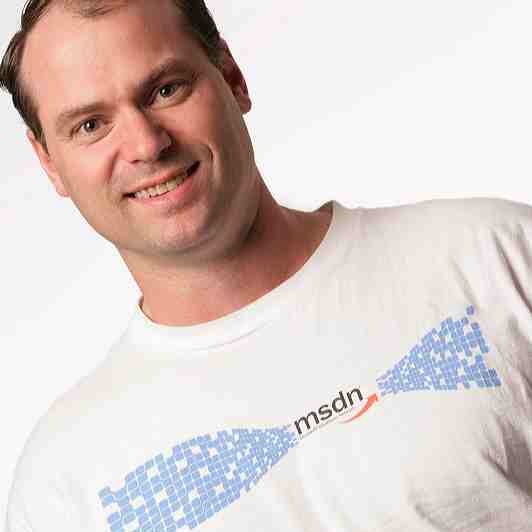In the beginning...
A long, long time ago. I can still remember how that music used to make me smile. I know that if I had my chance, that I could make those people dance and maybe they'd be happy for a while...
- Don McClean (?)
How about a little American Pie? I like to throw down a few lines of verse to get the thoughts flowing when I sit down to do a little writing. Sort of sets the mood. I guess that this song reminds us to look at the possible, and to remember the good times that were and the ones that will be. In the software industry we've definitely seen some challenges these last few years, but I think that the changes we're seeing, and the trends that are in the air will bring a resurgence or rennaisance in the software development industry.
The last few years have forced businesses to change how they view the world in order to remain profitable. Cutting costs, canceling projects, holding off on hiring have been the hallmark of the last couple years. But recently we are seeing that manufacturing is starting to get more orders. As stability in the world economy settles in, companies are starting to hire again. Projects that have been on hold are being released into the development stream and we are starting to see the sun rise again. But how can we make sure that we get a piece of that pie?
The secret, my friends, is to be efficient. To take advantage of the tools at our disposal to be more productive. Application blocks are a great idea, and are available in the public domain. They are stepping stones that allow us to build off a solid base and deliver our projects quicker. In the current MSDN Event series we talk about using the Exception and Configuration management blocks, as well as the Updater block which allows us to add the self updating functionality. You can download these blocks by clicking on the links above. The blocks come with documentation on how they're built and quickstart sample applications that show them in use.
Other ways that we can reduce the development costs and be more effective is to take advantage of new products such as SQL Server Reporting Services. This new product gives us the ability to rapidly create and deploy business reports with our applications and to simplify so many of those tedious tasks surrounding the simple job of reporting. Sure we have the information, but lets make it available and useful. Besides the great authoring environment that integrates with Visual Studio, we can manage the scalability, performance and delivery of the reports by simply configuring the caching, subscriptions and security of individual reports.
In order to continue to bring home the bacon, we must demonstrate that it is more efficient to have the developer working hand in hand (if not face to face) with the business in designing and building solutions. The new RAD features of Whidbey & Yukon promise to significantly reduce the amount of code required to perform basic functions. For example, have you ever written code to see whether or not a specific machine is currently connected to the network? If you're at a cmd line you can run the PING command and see whether it times out. But to implement that programmatically requires some complicated code. At the Des Moines User Group meeting last week someone had an example he had written to do just that. The code for the ping function was 140+ lines. In the .NET 2.0 we can use the “My” object and write the same thing in one (1) line of code (!!!). Do a little exploring and you find that this new object provides a tremendous amount of intelligence about our current runtime environment. Sure, there's a lot of other cool features of Whidbey (like the automated layout guidelines, refactoring, etc) that will make rapid prototyping a reality, but until you actually have a chance to see it in action, you won't really appreciate the impact these advances will have.
As the developer becomes more productive and is able to provide the solutions that businesses require, they will start to ask better questions. Our goal then is to be at the front of the wave that is passing through the industry, so that maybe if we're lucky we can catch it and ride until we get to where we're going.






